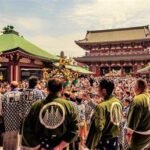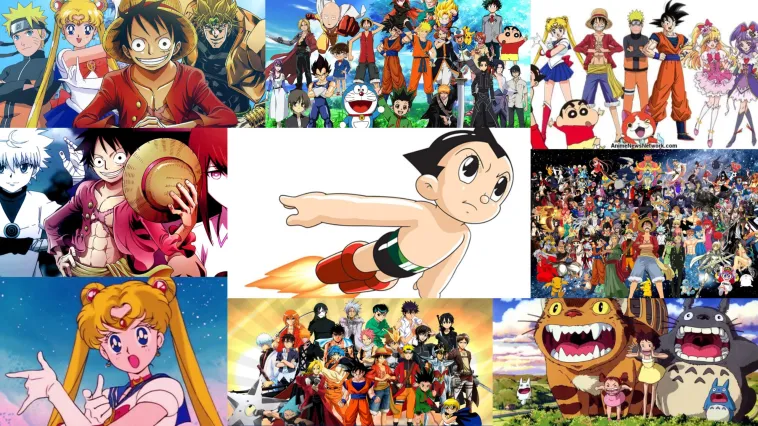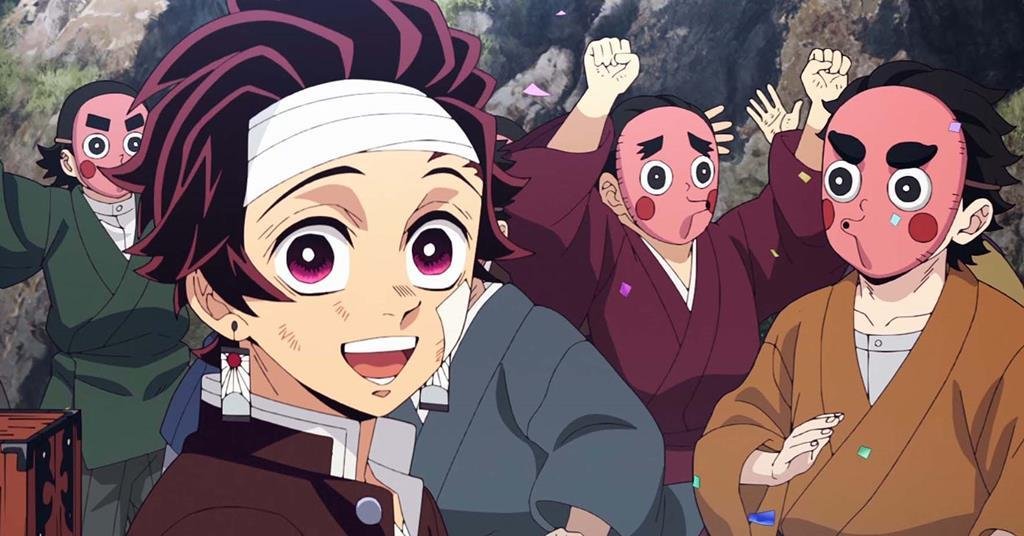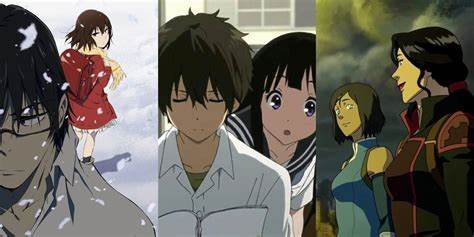Anime films stand out for their unique storytelling techniques. These films blend rich visuals with deep narratives. Understanding what makes anime storytelling special reveals why these movies resonate with audiences worldwide.
1. Visual Storytelling
First, anime excels in visual storytelling. Artists use vibrant colors and intricate designs to convey emotions and themes. Unlike live-action films, anime can depict abstract ideas and fantastical worlds more vividly. This visual style immerses viewers into the story’s universe.
2. Deep Cultural Themes
Moreover, anime often incorporates deep cultural themes. Films explore Japanese traditions, mythology, and societal issues. This cultural backdrop adds layers to the story and helps audiences understand different perspectives. For instance, films like Spirited Away blend Japanese folklore with modern storytelling.
3. Unique Character Development
Another notable aspect is character development. Anime films often feature complex characters with rich backstories. These characters undergo significant growth throughout the story. For example, My Neighbor Totoro presents simple yet profound characters who evolve through their experiences.
4. Emotional Depth
Anime films frequently dive into emotional depth. They tackle a wide range of emotions, from joy to sorrow. This emotional range creates a strong connection between the audience and the characters. Films like Your Name explore love and loss, leaving a lasting impact on viewers.
5. Innovative Plot Structures
Additionally, anime films often feature innovative plot structures. Non-linear storytelling, dream sequences, and alternate realities are common. These techniques challenge conventional narrative forms and engage audiences in unique ways. Inception is a great example of how anime plays with narrative time and space.
6. Symbolism and Metaphor
Anime storytelling frequently uses symbolism and metaphor. These elements add depth to the narrative and invite multiple interpretations. For example, Princess Mononoke uses forest spirits to symbolize nature’s power and fragility. This layer of meaning enriches the viewing experience.
7. Fusion of Genres
Another unique feature is the fusion of genres. Anime films often blend multiple genres, such as fantasy, romance, and sci-fi. This genre-mixing creates fresh and engaging stories. Howl’s Moving Castle combines magic, adventure, and romance, offering a diverse cinematic experience.
8. Artistic Expression
Furthermore, anime is a form of artistic expression. Filmmakers use animation to push creative boundaries. Artistic styles can range from highly detailed to minimalist, reflecting the story’s tone. The Tale of the Princess Kaguya uses watercolor animation to create a distinct visual and emotional experience.
9. Cultural Insights
Anime films also provide cultural insights. They offer a window into Japanese society and its values. This cultural aspect can be both educational and entertaining. Ringu, for example, reflects societal fears and taboos through its horror narrative.

10. Engagement with Universal Themes
Finally, anime films engage with universal themes. Despite their cultural specifics, they address topics relevant to global audiences. Themes such as friendship, identity, and resilience resonate with viewers everywhere. This universality helps anime connect with a diverse audience.
Conclusion
In summary, the art of storytelling in anime films is unique due to its visual richness, cultural depth, and emotional complexity. By blending traditional and innovative techniques, anime creates engaging and memorable stories. Exploring these elements reveals why anime continues to captivate audiences around the world.











